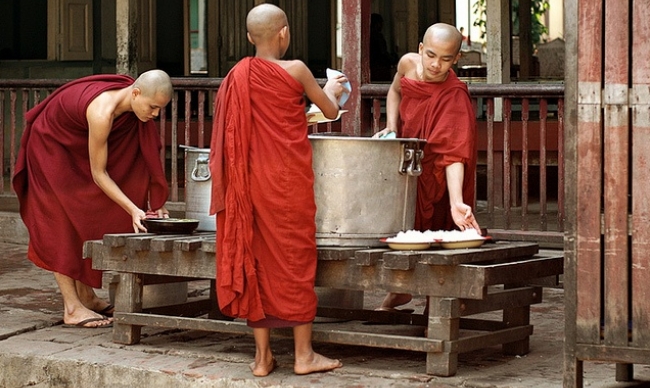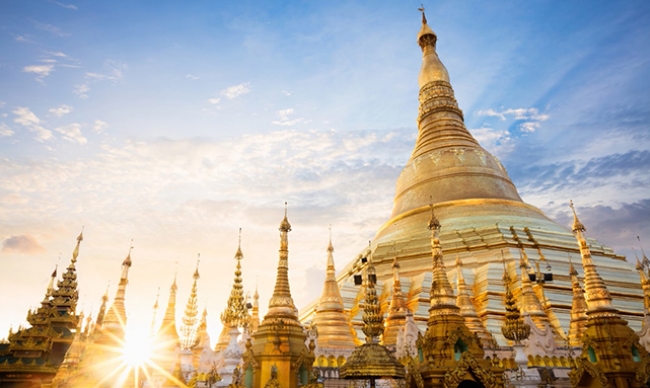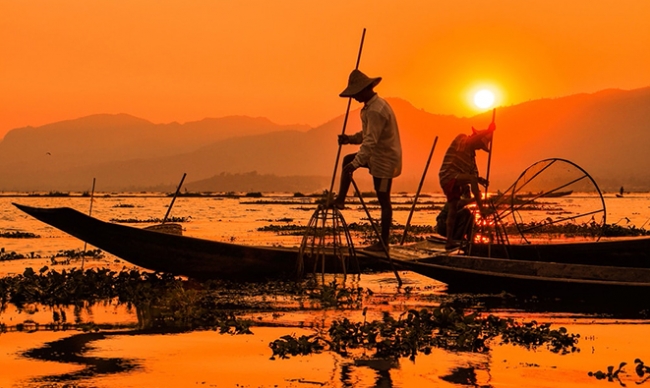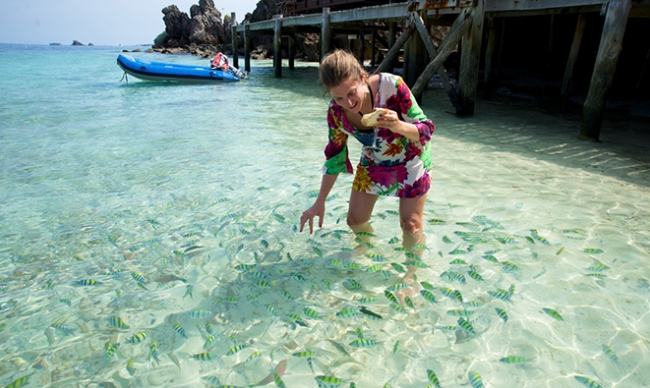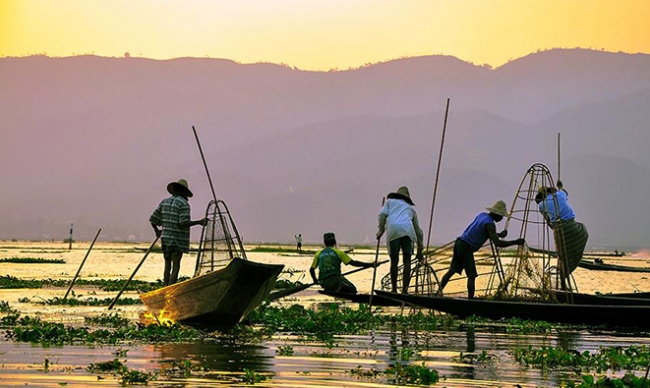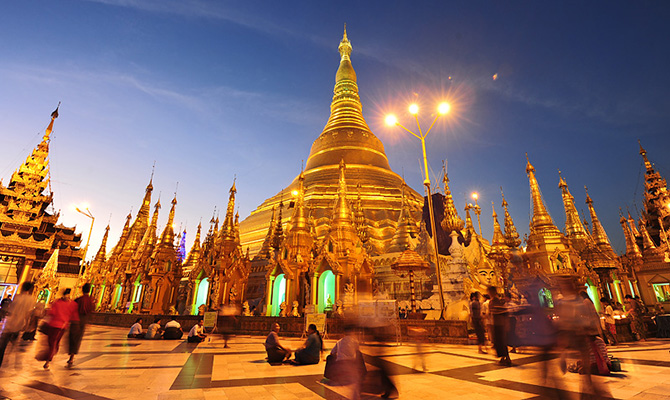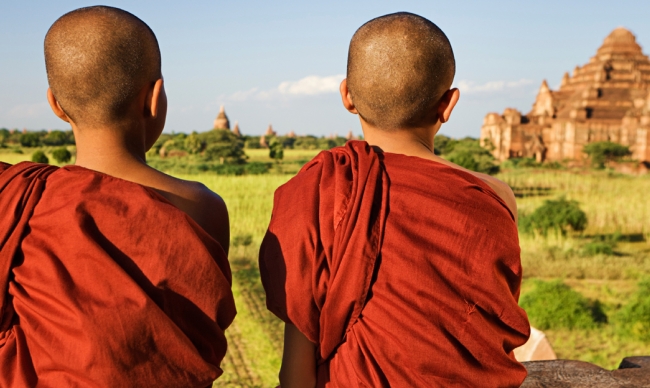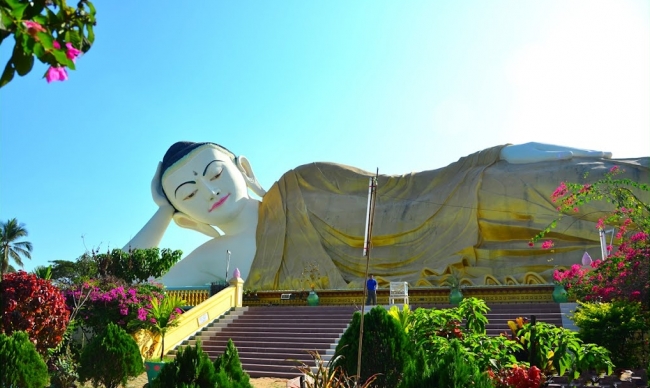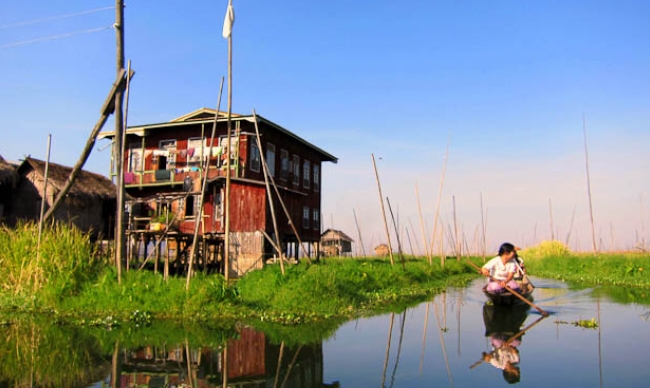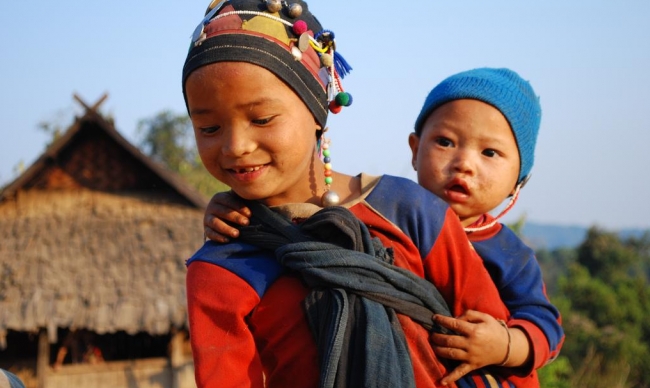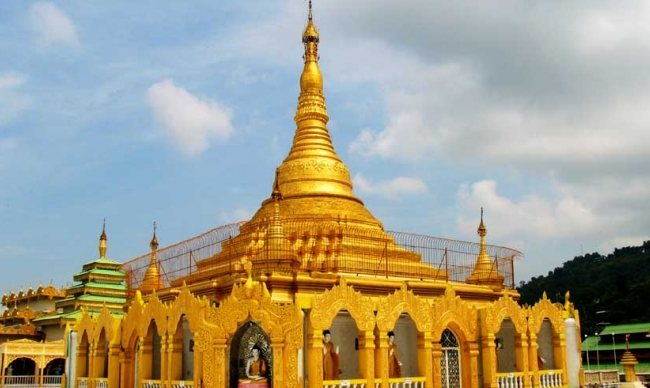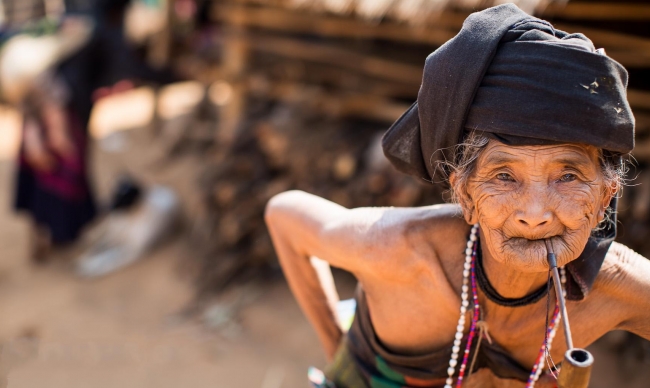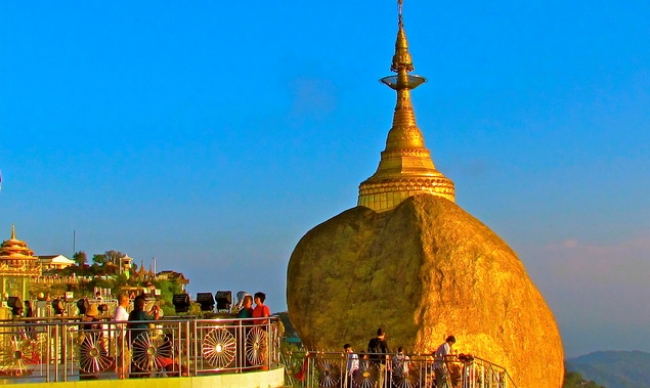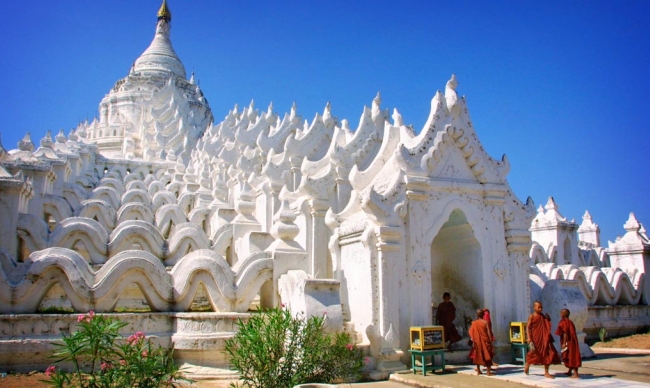Quick Facts:
- Location: 600 kilometers north of Yangon
-
Status: capital city of Mandalay Region
-
Population: approximately 1.6 million
-
Area: 915.1 square kilometers
-
Religions: Buddhism, Christianity, Hinduism, Islam
-
Myanmar’s second largest city and also its last royal capital
Located approximated 600 kilometers north of Yangon, along the Ayeyarwaddy River (meaning 'mother of water'), Mandalay is Myanmar's second largest city as well as the main communication and trading center in the northern and central part of the country. This capital city of Mandalay region is accessible through road, airway and railway.
Along the roadsides from the airport to the city, there are stretching wheat fields alternating sunflower fields. However, the bright yellow color of sunflowers is not as bright as the warm smiles and enthusiasm of local people.
Formerly known as Ratanapunja, Mandalay towards Burma is much like Kyoto towards Japan, or Hue towards Vietnam – it is the royal capital of the final independent Burmese Kingdom before being conquered by British colony in 1886. Later on, the city was named after Mandalay Hill, a charming hill of 236 meter high. The present Mandalay still successfully maintains its great importance as the heart and soul of Burmese culture as well as Buddhism thanks to its 142 year life span rich in historical sites, Buddhist edifices and cultural memorials.
The most remarkable feature of Mandalay tourism is its palace structure. At first, the pavilion was built in traditional Myanmar architecture style from 1857 to 1861 (King Mindon’s dynasty) under the guidance of two Italian supervisors. The walls of Palace pavilion are made from glass mosaic. After being destroyed during the World War II, Mandalay Palace was reconstructed in 1995, with the exact recreation of its original throne rooms and pavilions. In addition, other royal palaces of last feudal Burma dynasties can be found in Mandalay’s suburbs as well as neighbor areas. The oldest one is located at Sagaing village, which used to be Mandalay’s capital in the fourteenth century. Vestiges from a golden age are still remained in around 500 stupas, which can best be seen on the top of Sagaing Hill.
Buddhist monasteries are also worth your try while you are spending time at this charming city, with wonderful wood carving and building techniques. Located in Mandalay’s center, with hundreds of white towers, Kuthodaw Paya is known as “the largest book in the world”. According to Burmese history, in 1872, as Buddhist scripture was corrected and recited, the Fifth Buddhist Synod was held by King Mindon. Inside the Kuthodaw Pagoda compound, the scripture was engraved on 729 slabs of marble and placed in individual pavilions. Besides, Muni Pagoda is the place for enshrining the Maha Muni image of approximately 4 meters high entirely covered with gold leaf. There are four walkways leading to the pagoda; each of them owns a distinctive character, resulting in different wares sold in shops. At the foot of Mandalay Hill, there stands Kyauk Taw Gyi Pagoda with Kyauk Taw Gyi’s giant statue carved from a single alabaster block. Unforgettable sunset sceneries, palace walls as well as the allure Ayeyarwady River can be observed on the terraced top of the hill.
Along the banks of Ayeyarwady River, the settings are stunning to watch with lush cornfields, bright red flowers of Lapan trees, precious heritages of Bagaya Kyaung Monastery and Nanmyin leaning tower. On the other hand, local lives are indeed attractive to observe and participate as villagers still maintain their hundreds-of-years routines. A typical example is what happens when the sun goes down around U Bein Bridge, the world longest teak bridge of nearly 200 years old. There are monks wearing long robe, men in longyi chewing betel, women carrying goods on their heads – their two cheeks are covered by Thanaka’s white powder. Absolutely, this scene will be a living and warm symbol of Mandalay in your memories.
